Who was Charles V?
Charles Habsburg was born in Ghent, a region now located in Belgium. His four grandparents,
Emperor Maximilian I of the Holy Roman Empire, Duchess Mary of Burgundy, King Ferdinand II
of Aragon, and Queen Isabella I of Castile, carefully planned a dynastic marriage that would
result in one extremely profitable heir. Charles was the eldest son of Philip the Handsome
and Joanna of Castile, and he therefore inherited ample land throughout Europe. From Duchess
Mary of Burgundy, his maternal grandmother, he acquired the remaining land of the Duchy of
Burgundy in southern Europe, Flanders in the north (presently known as Belgium and the
Netherlands), and some holdings in central Europe.
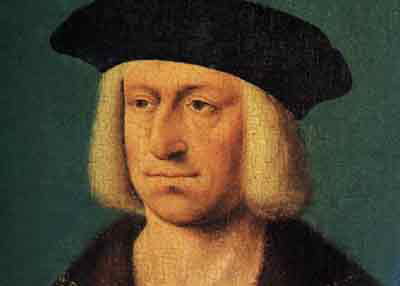


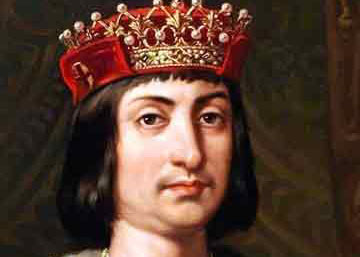
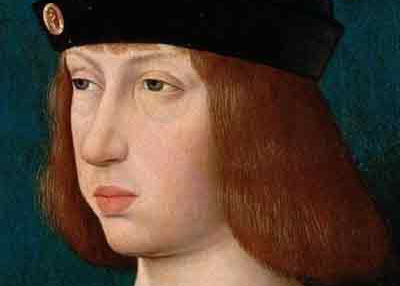
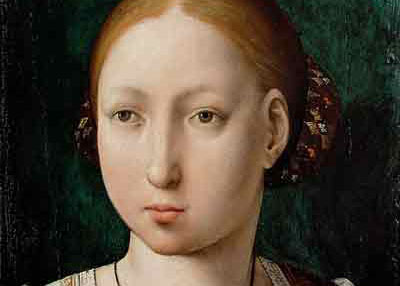
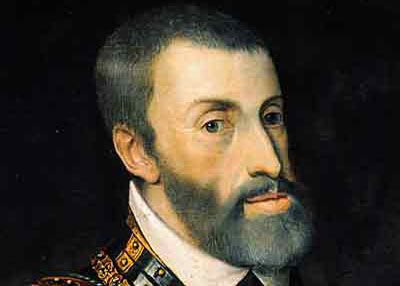
King Ferdinand II of Aragon, his maternal grandfather, left him most of the Iberian Peninsula,
therefore making him King Carlos I of Spain. Charles also inherited eastern Spain and Aragon’s
colonies in the Mediterranean. From Queen Isabella I of Castile, his paternal grandmother,
Charles acquired central Spain and Castile’s American colonies. Emperor Maximilian I of the
Holy Roman Empire, his paternal grandfather, left him the Austrian crownlands.
Through this formidable personal inheritance and a combination of bribes and threats,
Charles was able to position himself as the electors’ choice for successor to his late
grandfather, Holy Roman Emperor Maximilian I. He was selected over other possible candidates
such as King Henry VIII of England, King Francis I of France, and Frederick the Wise, the
duke of Saxony. Following his royal coronation in Aachen in 1520, he did what many of these
other European rulers feared he would: he joined his grandfather’s Holy Roman Empire with
his mother’s kingdoms of Spain and the Netherlands.

Tap to Flip
Francis and Charles became bitter rivals. Pope Clement VII sided with France. Francis fared
especially badly in the 1525 Battle of Pavia, where he was roundly defeated and taken
prisoner. Charles, however, lacked the funds to pay his victorious, mostly Lutheran, army. In
the face of poverty, Lutheran hostility to the Papacy, and Clement’s alliance with France, the
army marched on Rome.
The sack was brutal, and in the context of the history of the Holy Roman Empire, a shocking event. Instead of defending Rome and its Church, the would-be Holy Roman Emperor besieged it and effectively imprisoned the pope. In the aftermath, Charles heard from counselors who denounced the sack and from others who supported it, but he seems to have had difficulty reconciling the accounts of its brutality with political justifications.
In the end, he wanted all memory of the event erased and to put the episode behind him. Clement also felt prudent to make his peace with Charles. This, along with the political unrest associated with the beginning of the Protestant Reformation, was the context in which choices about the setting and music for the imperial coronation were made.
The sack was brutal, and in the context of the history of the Holy Roman Empire, a shocking event. Instead of defending Rome and its Church, the would-be Holy Roman Emperor besieged it and effectively imprisoned the pope. In the aftermath, Charles heard from counselors who denounced the sack and from others who supported it, but he seems to have had difficulty reconciling the accounts of its brutality with political justifications.
In the end, he wanted all memory of the event erased and to put the episode behind him. Clement also felt prudent to make his peace with Charles. This, along with the political unrest associated with the beginning of the Protestant Reformation, was the context in which choices about the setting and music for the imperial coronation were made.

©
